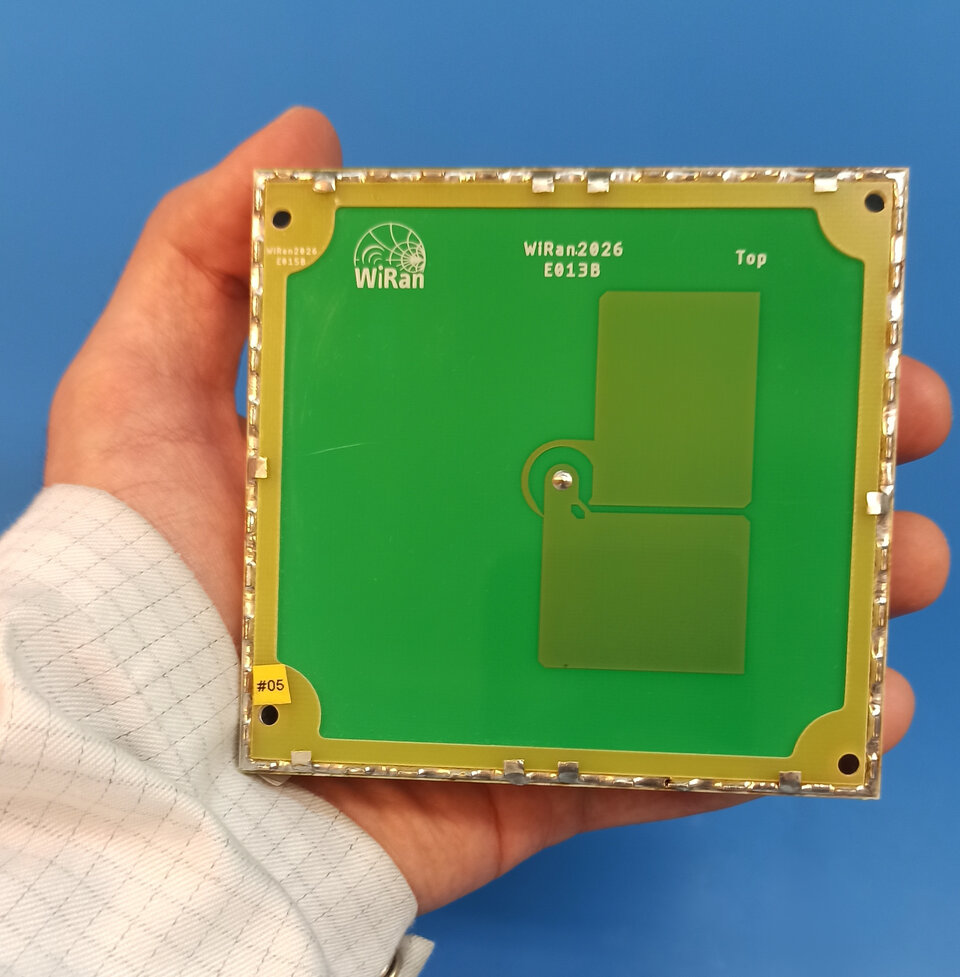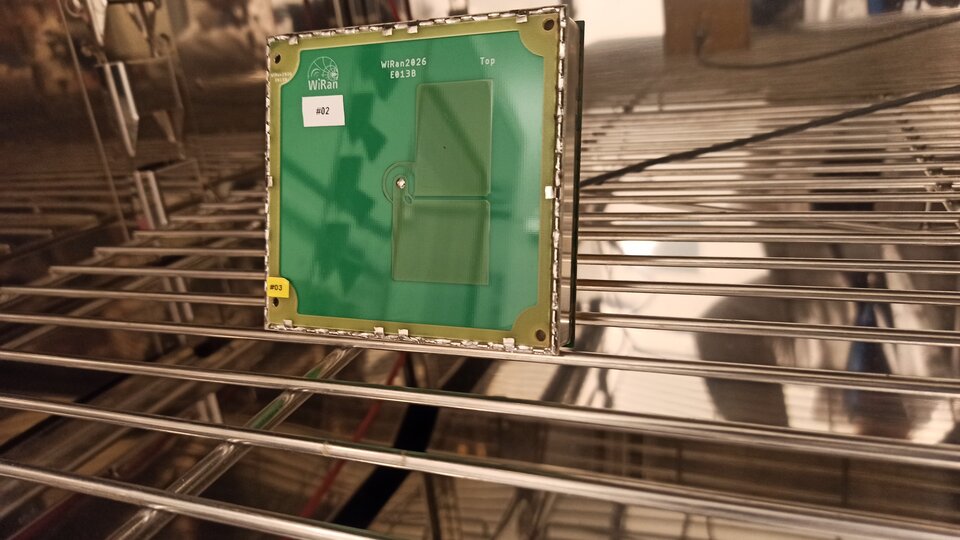Picture-frame-sized CubeSat antenna reaches orbit
An ESA project has developed a satellite antenna the size of a small picture frame, intended for miniature CubeSats. Built by Polish company WiRan the antenna found its first customer as soon as it was finalised, and is already serving in space.
A fast-growing sector of Europe’s space economy, CubeSats are budget nanosatellites built up from standardised 10 cm cubic units – originally devised for educational uses, but increasingly capable of delivering valuable results from orbit.
Measuring less than 10 x 10 x 3 cm, including its connector, this new S-band antenna is designed for ‘telemetry, tracking and command’ purposes, meaning it will be used for uplinking commands to a CubeSat and downlinking platform and payload data.

ESA antenna engineer Benedetta Fiorelli served as technical officer for the antenna project: “It is close to omnidirectional in design with quite a wide beam, so that even if the CubeSat is tumbling in space then its connection with the ground should still continue. That’s not very common but the team has achieved it here.
“The design challenge has been to fit all the spread power and high gain within the antenna’s physical constraints, because for CubeSats, saving volume is all important. The end result is a high-performing product at a low, competitive cost.”
The antenna was designed and built by Polish radio frequency hardware design house WiRan, its development supported through ESA’s Polish Industry Incentive Scheme.

Inspiration for the antenna came out of a previous ESA project with the company, to develop an S-band diplexer for CubeSats, allowing different frequency bands to share a common antenna.
“We then wanted to produce an antenna compatible with our design,” explains Robert Stefański, Chief Technology Officer of WiRan. “We consulted with the well-known CubeSat company ISISpace in the Netherlands to help define antenna specifications, then ESA decided to support its development.
WiRan had sufficient confidence in the design that the company invested extra time and money to bring the antenna from an engineering model up to the verge of space-readiness.

Robert Stefański notes: “Our attitude is to build products that are useful, not just documentation or samples to be hidden in a drawer forever. So the decision to make further investment was obvious, once the prospect of a flight opportunity arose, because those extra levels of readiness make a big difference within the space market.”
This decision paid off when a commercial customer purchased the antenna for a space mission. The customer’s identity is confidential, but WiRan can confirm their S-band antenna is now operational in space.

“The occurrence of such an early customer for our antenna – along with other S- and L-band radio frequency hardware products – was a surprise, an unexpected and fortunate result of our technical contacts in the past,” adds Robert Stefański. “We did not plan for it when applying our proposal, but it fitted perfectly our strategy of development for our space products.”
Benedetta adds: “The CubeSat market is evolving rapidly, with lots of competition. For this new design to have found a customer so fast within the sector shows that supporting it was a good call, that the market place turns out to endorse. Then WiRan demonstrated their own faith in their work by devoting extra resources to it in turn.”


